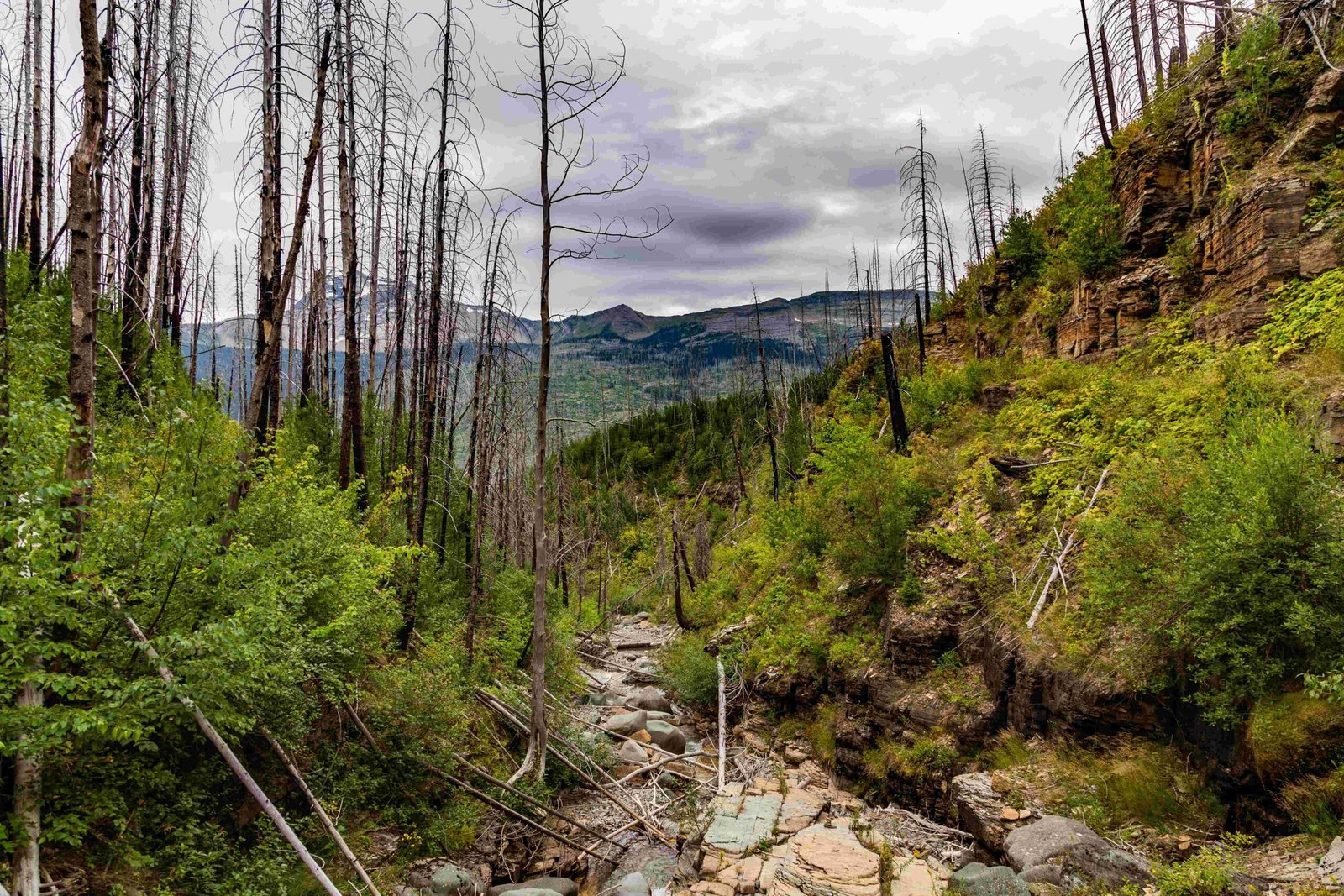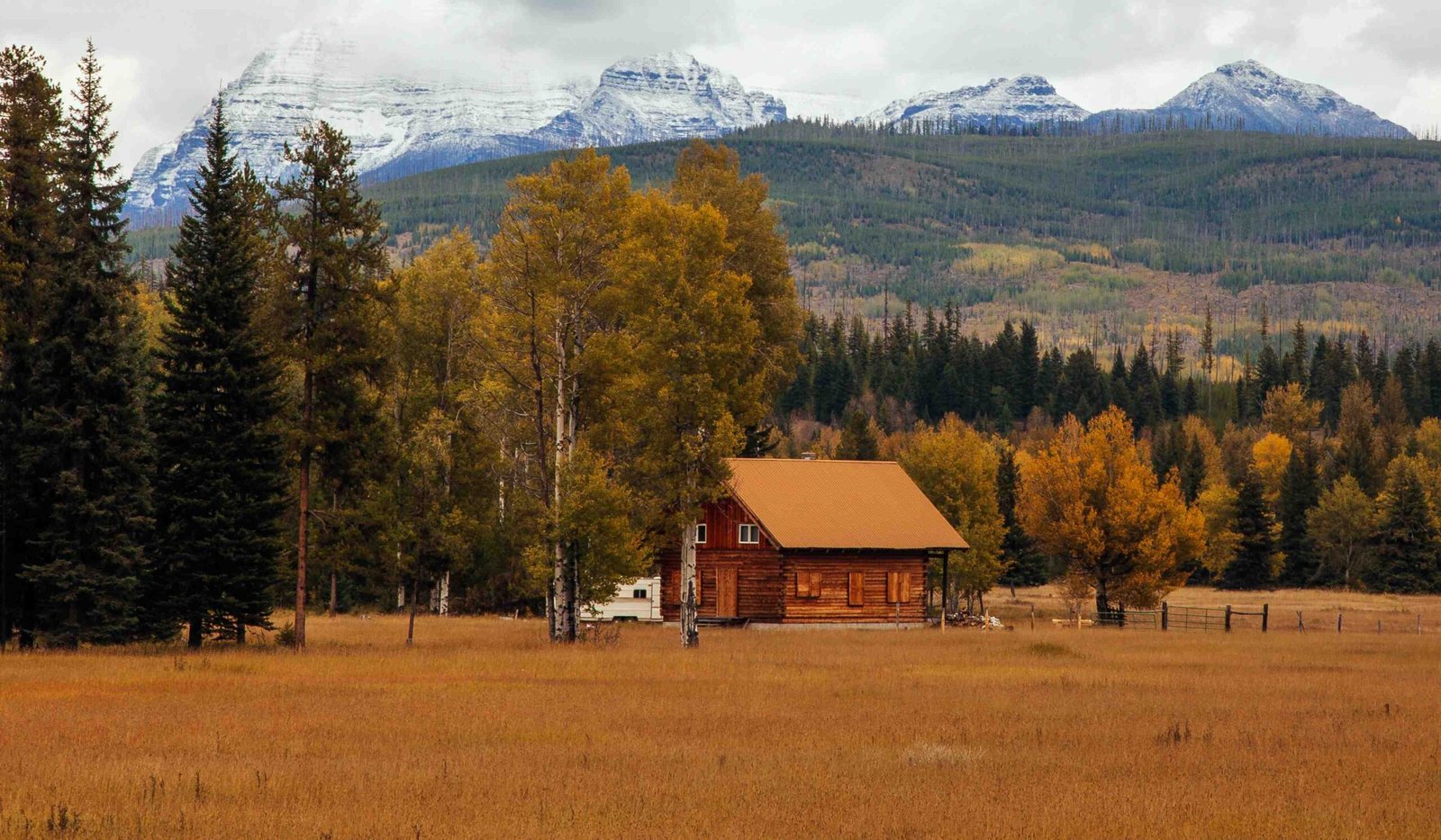The Glacier National Park Peace Park Trail border crossing offers a unique international hiking experience between the United States and Canada. This 27-kilometer (17-mile) round trip trail connects Waterton Lakes National Park in Alberta, Canada, to Glacier National Park in Montana, USA. Hikers must navigate specific border crossing requirements, understand trail conditions, and be prepared for wildlife encounters. This guide provides comprehensive information on documentation needs, customs procedures, trail specifics, and safety guidelines for this cross-border adventure.
What Are the Border Crossing Requirements for the Peace Park Trail?

Crossing the international border at the Goat Haunt area of Glacier National Park requires adherence to specific regulations:
- Documentation: Hikers must carry one of the following:
- Valid U.S. Passport
- Enhanced Driver’s License
- U.S. Passport Card
-
NEXUS Card
-
Customs Check:
- Location: Goat Haunt Ranger Station
- Hours: 11:15 AM to 5:00 PM daily
-
Procedure: Check-in with U.S. Customs staff
-
Reporting Entry and Exit:
- U.S. Entry: Report via CBP ROAM app
-
Canada Return: Report to Canadian Border Service Agency (CBSA) by phone
-
Watercraft Regulations:
- Non-motorized: Inspection required
- Motorized: 90-day quarantine before launching in Waterton Lakes National Park
What Are the Key Trail Specifics of the Peace Park Trail?

Understanding the trail’s characteristics is crucial for a successful hike:
- Distance: 13.5 kilometers (8.5 miles) one way
- Total Round Trip: 27 kilometers (17 miles)
- Elevation Gain: Minimal, making it moderately easy
- Terrain:
- Western shore of Upper Waterton Lake
- Crosses creeks
- Passes through wildflower meadows and mixed forests
- Traverses rocky precipices
Notable Landmarks:
- Bertha Lake Trail cutoff
- Bertha Bay
- International boundary obelisks
- Goat Haunt Ranger Station
- “Hands Across the Border” monument
How Should Hikers Prepare for the Peace Park Trail?
Proper preparation is key to a safe and enjoyable cross-border hiking experience:
- Check Trail Status:
- Consult National Park Service website
-
Review Parks Canada website for updates
-
Weather Preparation:
- Be ready for varying conditions
-
Pack for potential winter weather in early or late seasons
-
Essential Gear:
- Appropriate hiking boots
- Layered clothing
- Navigation tools (map, compass, GPS)
- First aid kit
-
Sufficient water and food
-
Wildlife Safety:
- Carry bear spray
- Make noise while hiking
- Store food properly
- Know how to react to wildlife encounters
What Are the Hiking Regulations for the Peace Park Trail?
Adhering to park regulations ensures a responsible and safe hiking experience:
Group Size and Camping:
- No specific group size restrictions mentioned
- Guided hikes available (typically Fridays during summer)
- Backcountry camping shelters at Goat Haunt (permits required)
Wildlife Interactions:
- Be aware of potential encounters with:
- Grizzly bears
- Moose
- Wolves
- Mountain lions
- Follow all park guidelines for wildlife safety
How Can Hikers Access the Peace Park Trail?
Understanding transportation options and parking facilities is crucial for planning:
Parking Facilities:
- Available at Waterton Village
- Parking at Bertha Trailhead
- Check with park authorities for current capacity and fees
Public Transportation:
- Waterton Shoreline Cruise:
- Travel down Upper Waterton Lake
- Return boat option to Waterton Townsite
- Tickets available at Waterton Townsite Marina
What Are Some Unique Features of the Peace Park Trail?
The Peace Park Trail offers several distinctive elements:
- International Experience:
- Crosses U.S.-Canada border
-
Showcases international cooperation in conservation
-
Scenic Beauty:
- Views of Upper Waterton Lake
-
Diverse ecosystems from lakeshores to alpine meadows
-
Historical Significance:
- Part of Waterton-Glacier International Peace Park
-
UNESCO World Heritage Site
-
Guided Hike Opportunities:
- Co-led by Parks Canada and National Park Service interpreters
- Typically offered on Fridays during summer
- Limited to 35 participants
How Does the Peace Park Trail Contribute to Conservation Efforts?
The trail plays a significant role in international conservation:
- Ecosystem Preservation:
- Protects diverse habitats spanning two countries
-
Supports wildlife corridors for various species
-
Environmental Education:
- Offers interpretive programs on both sides of the border
-
Raises awareness about transboundary conservation
-
Scientific Research:
- Facilitates cross-border studies on climate change impacts
-
Enables monitoring of wildlife populations across international boundaries
-
Cultural Significance:
- Promotes understanding between U.S. and Canadian cultures
- Celebrates shared natural heritage
By exploring the Glacier National Park Peace Park Trail border crossing, hikers not only embark on a unique adventure but also participate in a living example of international cooperation in nature conservation. This trail serves as a testament to the power of preserving natural wonders across national boundaries, offering visitors a chance to experience the beauty and significance of this remarkable cross-border wilderness.